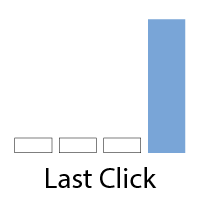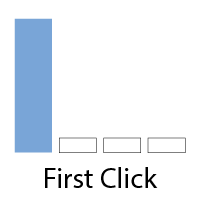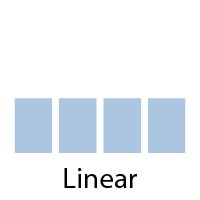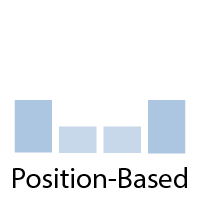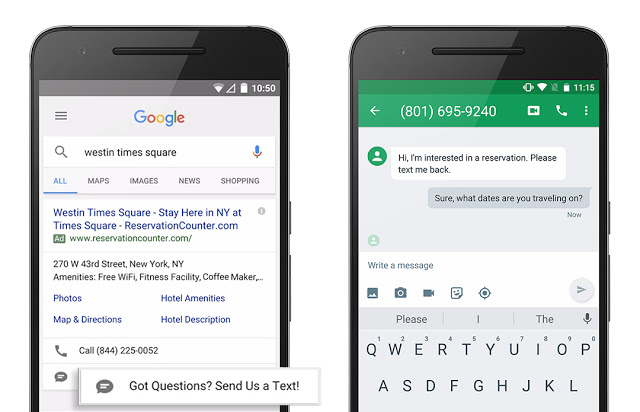While most marketing managers would agree that an annual review of their content strategy is well worth the time, most don't know where to begin.
"How do I create a content strategy that works?"
Here are the eight steps to creating a better content marketing strategy:
1. Understand Your Target Audience(s)
First you should dig deep into your customer data. How can you group your customers, and potential customers, based on purchase behavior? See the previous blog post for more information on how to segment a market. Step 1 is developing your brand personas and identify characteristics shared by the people in your segments. Pay special attention to common pain points, decision drivers and social engagement trends.
2. Set Goals
Content tactics vary significantly, depending on your business objectives. From building brand awareness, to increasing customer loyalty, to customer service, content can be optimized to fill any number of needs. Step 2 in creating a great content strategy is to identify what you want the content to accomplish and how you will measure the effectiveness of the content (KPIs). Make your goals measurable and give them deadlines.
3. Create a Plan
Step 3 in creating a content strategy is to use your business objectives and brand personas to start creating content plans that identify the relevant content mix and topics as they apply across the customer buying cycle.
4. Keyword Research
As an extension of Step 1, this step is to do research to determine the words and phrases that your target uses to find information about the topics you've selected. Use the Google AdWords Keyword Planner to get keyword ideas, to get an understanding of how frequently keywords are searched, and to understand how much competition there is for the keywords.
5. Generate Optimized Content
Step 5 is to create content that is optimized for your target audience. Using words and phrases that are SEO friendly and are on your keyword list, but read poorly, is a bad idea. Search engines are smarter than ever and sacrificing readability in order to get higher organic rankings will only get you burned in the long run. Content that's smart, fresh and relevant is more likely encourage engagement and get shared. Content that feels robotic and/or grammatically incorrect is less likely to be shared and will likely damage your brand. That being said, be aware of the keywords that you are targeting and use them naturally in your content. Don't be afraid to use variations of your keywords (word order, synonyms...) to make it read naturally.
6. Promote Your Content
Creating and publishing thoughtful, relevant content isn't enough. There is too much noise on the web to get seen and heard. Step 6 in your strategy is to outline how you will promote your content to your target market, and to industry influencers who may increase your reach. One of the benefits of promoting your content is links to your websites. These links can be gold for your rankings.
7. Engage
Once you push your content to the web and promote it to your target, don't leave it at that. Step 7 is to participate in the conversation, most importantly by listening. The conversation around your content is a great place to find future content topics.
8. Measure
The last step is to take a look at the KPIs you identified early on. Is the content resulting in engagement? Is it leading to your intended behaviors? As you identify your baseline KPIs, measure future content against these figures to determine if you are improving. Identify trends where you can. Are you getting the desired result from content that's technically focused? Is your target responding to content that's funny or educational? Use this to guide future content creation efforts.
Using a systematic approach to generating and updating your content strategy will have a positive impact on your ability to reach your business objectives.



